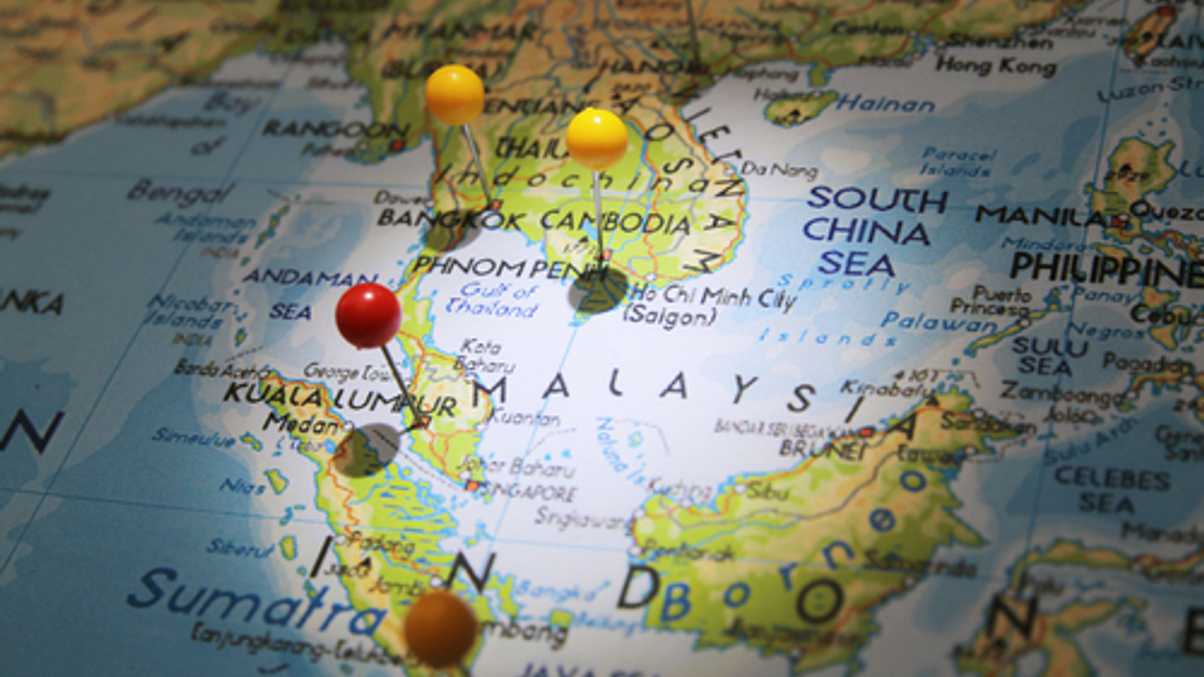APG eyes multi-country asset push in Southeast Asia
The Dutch pension giant is looking to invest more in the Philippines, Indonesia, Vietnam and India, with a particular focus on infrastructure, renewable energy and natural resources.

APG Asset Management, the Netherlands’ biggest pension fund manager, intends to grow the €13 billion ($15.8 billion) of assets it has invested into Southeast Asia by targeting infrastructure and natural resource assets, particularly in the Philippines, Vietnam, Indonesia and India.
Sign in to read on!
Registered users get 2 free articles in 30 days.
Subscribers have full unlimited access to AsianInvestor
Not signed up? New users get 2 free articles per month, plus a 7-day unlimited free trial.
¬ Haymarket Media Limited. All rights reserved.


